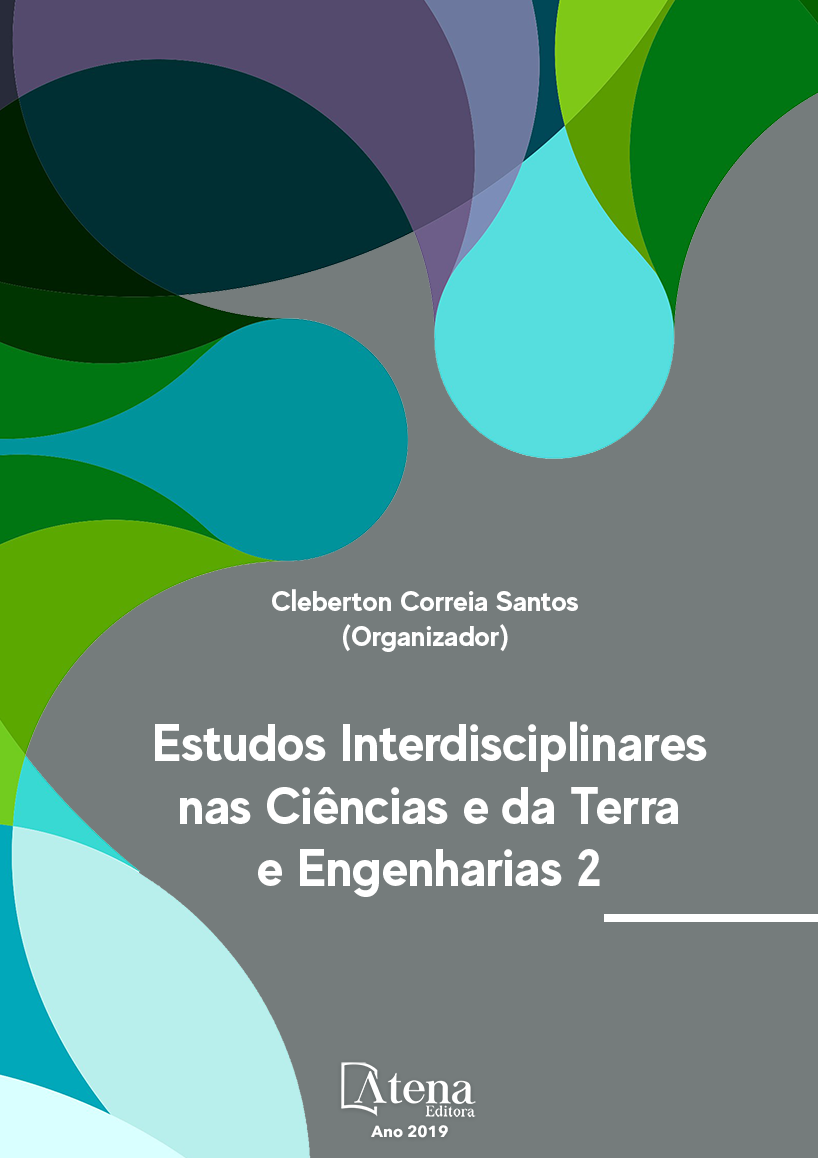
COMPOSIÇÃO E ATIVIDADE ANTIOXIDANTE DE ÓLEOS ESSENCIAIS DE Psidium (MYRTACEAE) DA AMAZÔNIA
Óleos essenciais de espécies de
Psidium foram obtidos por hidrodestilação,
sendo que a composição dos óleos foi analisada
por CG e CG-EM e a atividade antioxidante
avaliada pelo método DPPH. As coletas de P.
acutangulum (PA-01 e PA-02), P. guineense
(PG-01 a PG-06) e P. guajava (PGU-01 a PGU-
06) foram realizadas em diferentes localidades
do estado do Pará. Nos óleos de PA-01, PA-
02, PG-06, PGU-01, PGU-02 e PGU-04 foi
predominante a classe dos hidrocarbonetos
sesquiterpênicos (30,66%-72,65%). Nos óleos
de PG-01, PG-02, PG-03, PG-04, PG-05 e
PGU-03 os hidrocarbonetos monoterpênicos
(30,95%-77,83%) foram os principais. No
óleo de PGU-05 houve predomínio dos
hidrocarbonetos sesquiterpênicos (32,22%)
e dos sesquiterpenos oxigenados (37,51%).
A análise multivariada (PCA e HCA), baseada
na composição dos óleos. agrupou os
diferentes espécimes em 3 grupos. O grupo I
foi caracterizado pela presença de β-cariofileno
(14,69%-33,33%), formado pelos espécimes PA-
01, PA-02 e PGU-4. O grupo II, foi caracterizado
pelos teores de α-pineno (13,35%-33,98%),
limoneno (26,49%-37,16%), α-copaeno (6,61%-
10,61%), formado pelos espécimes PG-01 a
PG-06, além do espécime PGU-02. O grupo
III, formado por PGU-01, PGU-03 e PGU-05,
foi caracterizado pela presença de limoneno
(8,79%-28,83%), 1,8-cineol (5,03%-22,31%)
e β-cariofileno (4,10%-15,19%). A capacidade
antioxidante dos óleos foi avaliada, com
exceção dos espécimes PA-01, PA-02 PGU-
05, com quantidades insuficientes. O óleo com
maior atividade antioxidante foi PG-01, com
inibição de 46,12%. De P. guajava, o óleo PGU-
02 foi o mais ativo, com inibição de 38,64%. A
composição dos óleos estudados apresentou
variabilidade química entre as espécies de
Psidium, influenciando sua capacidade antioxidante. Tais variações sugerem a
existência de quimiotipos entre as espécies/espécimes de Psidium.
COMPOSIÇÃO E ATIVIDADE ANTIOXIDANTE DE ÓLEOS ESSENCIAIS DE Psidium (MYRTACEAE) DA AMAZÔNIA
-
DOI: 10.22533/at.ed.648191030917
-
Palavras-chave: Psidium spp, Óleos essenciais, Mono- e sesquiterpenos, Atividade antioxidante DPPH
-
Keywords: Psidium spp, Essential oils, Mono- and sesquiterpenes, DPPH antioxidant activity
-
Abstract:
Essential oils of Psidium species were obtained by hydrodistillation, the
composition of the oils was analyzed by GC and GC-MS and the antioxidant activity
evaluated by the DPPH method. The P. acutangulum (PA-01 and PA-02), P. guineense
(PG-01 to PG-06) and P. guajava (PGU-01 to PGU-06) were collected from different
locations at Pará state. In the PA-01, PA-02, PG-06, PGU-01, PGU-02 and PGU-04
oils, the presence of sesquiterpene hydrocarbons was predominant (30.66%-72.65%).
In the oils of PG-01, PG-02, PG-03, PG-04, PG-05, and PGU-03 the monoterpene
hydrocarbons (30.95%-77.83%) were the primary compounds. In the oil of PGU-05,
there was a predominance of sesquiterpene hydrocarbons (32.22%) and oxygenated
sesquiterpenes (37.51%). The multivariate analysis (PCA and HCA), based on the
composition of the oils, grouped the different specimens into three groups. Group I
was characterized by the presence of β-caryophyllene (14.69% -33.33%), formed by
specimens PA-01, PA-02 and PGU-4. Group II was characterized by α-pinene (13.35%-
33.98%), limonene (26.49%-37.16%), and α-copaene (6.61%-10.61%), formed by the
specimens PG-01 to PG-06 and the specimen PGU-02. Group III, formed by PGU-01,
PGU-03 and PGU-05, was characterized by the presence of limonene (8.79%-28.83%),
1,8-cineol (5.03%-22.31 %) and β-caryophyllene (4.10%-15.19%). The antioxidant
capacity of the oils was evaluated, except for specimens PA-01, PA-02 PGU-05,
with insufficient quantity. The oil with the highest antioxidant activity was PG-01, with
inhibition of 46.12%. In P. guajava, PGU-02 oil was the most active, with inhibition of
38.64%. The composition of the studied oils presented chemical variability among the
species of Psidium, influencing its antioxidant capacity. Such variations suggest the
existence of chemotypes among the species/specimens of Psidium.
-
Número de páginas: 15
- Renan Campos e Silva
- Joyce Kelly do Rosário da Silva
- Rosa Helena Veras Mourão
- José Guilherme Soares Maia
- Pablo Luis Baia Figueiredo


